
New River Expedition 2024
Last Wednesday, 12 campers and 4 naturalist educators headed out on a 29.5 mile journey down the New River…. and what a trip it was!
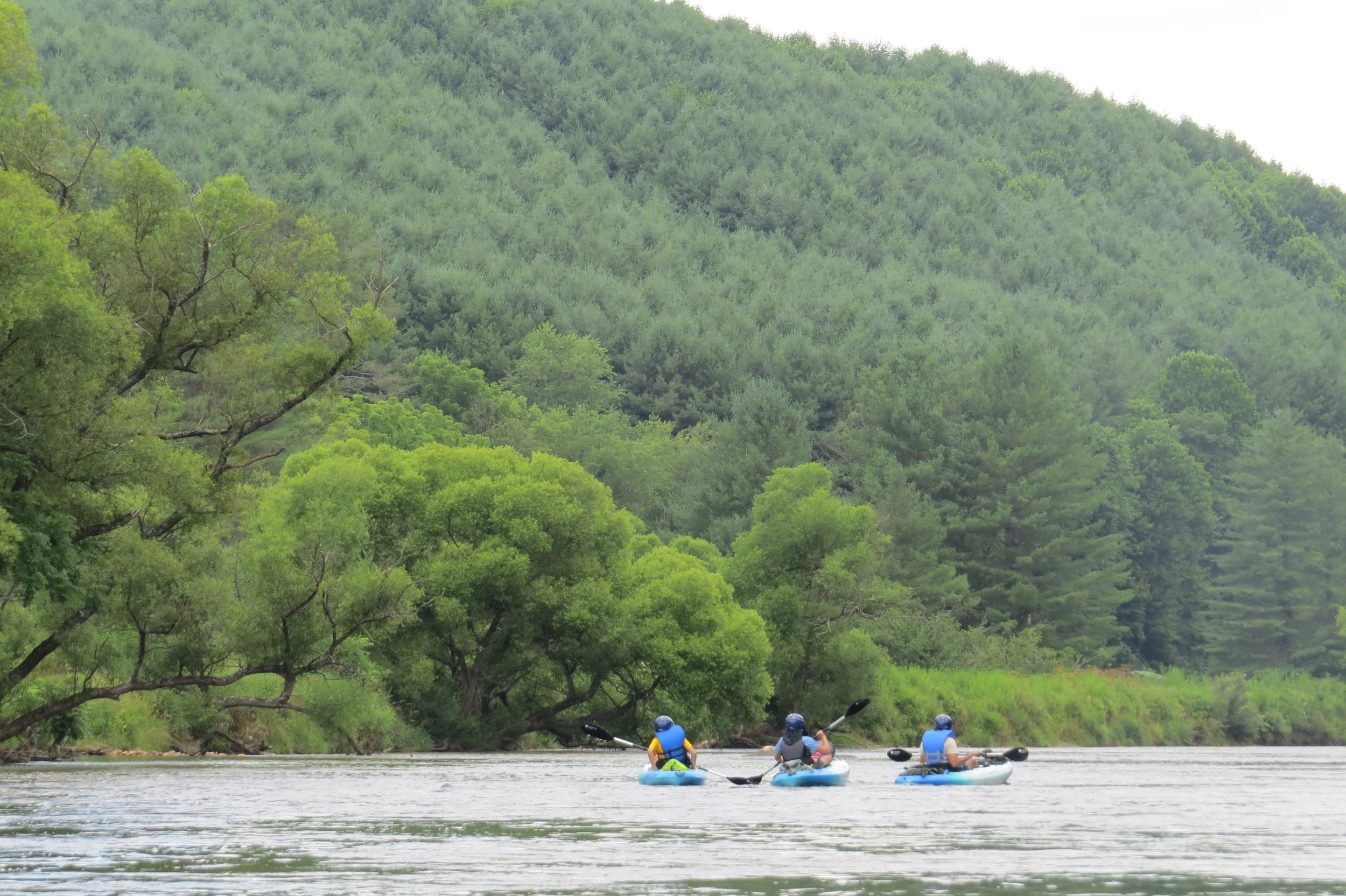
New River Expedition-Take 2
Last week, more campers joined our guides on one more four-day, 30-mile kayaking trip down the New River.
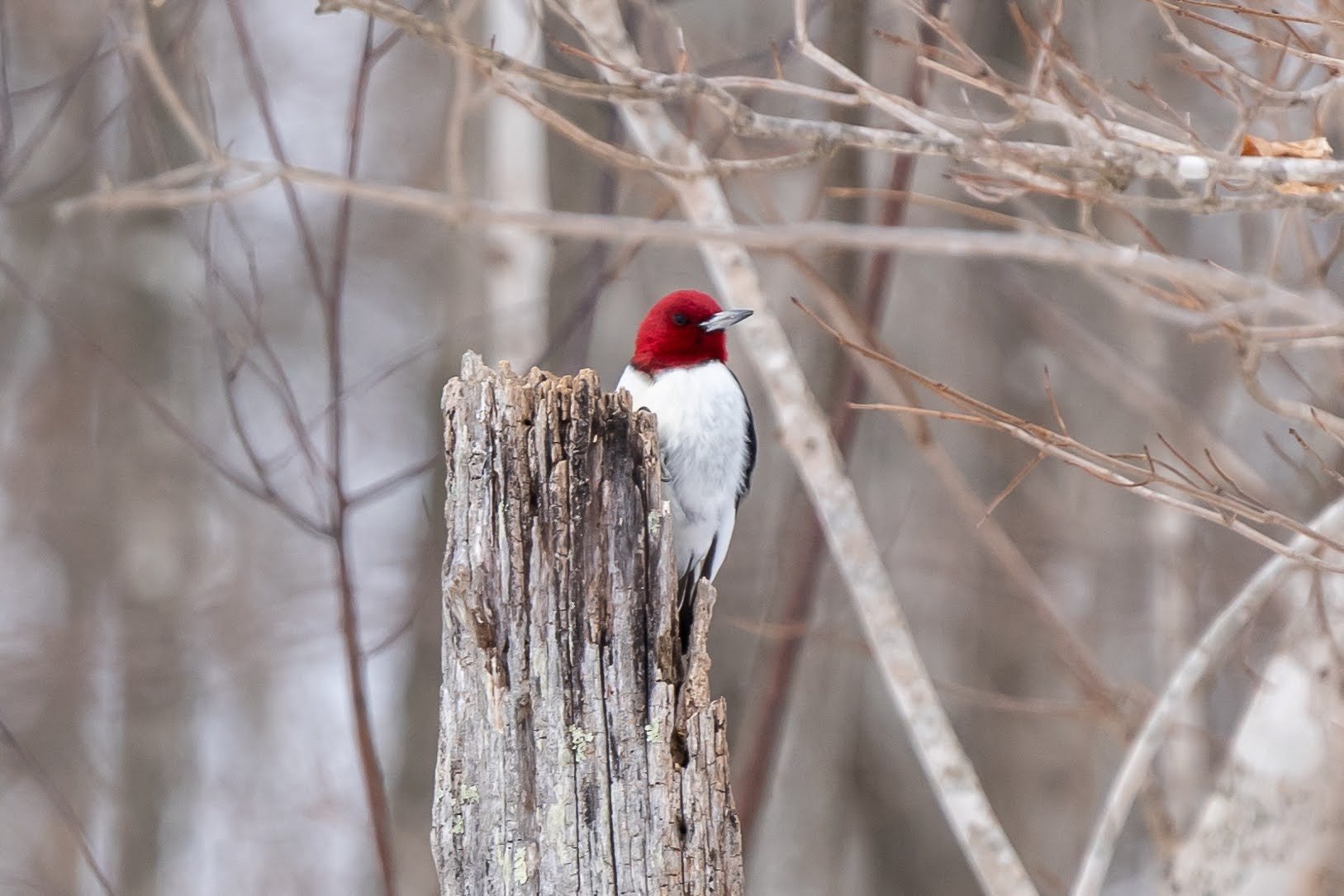

New River Expedition
Twelve eager young people and four BRDC staff set out on one of our favorite summer adventures: a four-day, three-night expedition down the New River, camping on its banks by night and paddling on its waters by day.
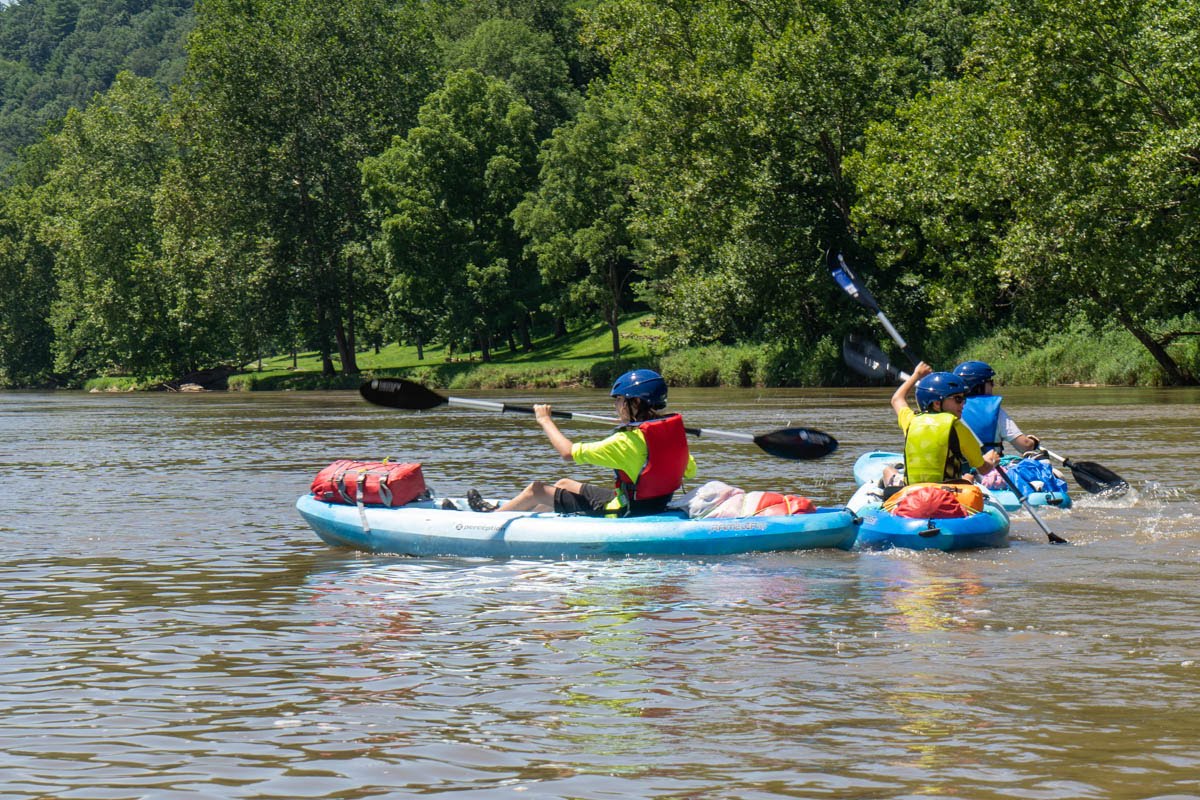
Expedition on the New
Twelve eager young people and four BRDC staff set out on one of our favorite summer adventures: a four-day, three-night expedition down the New River, camping on its banks by night and paddling on its waters by day.
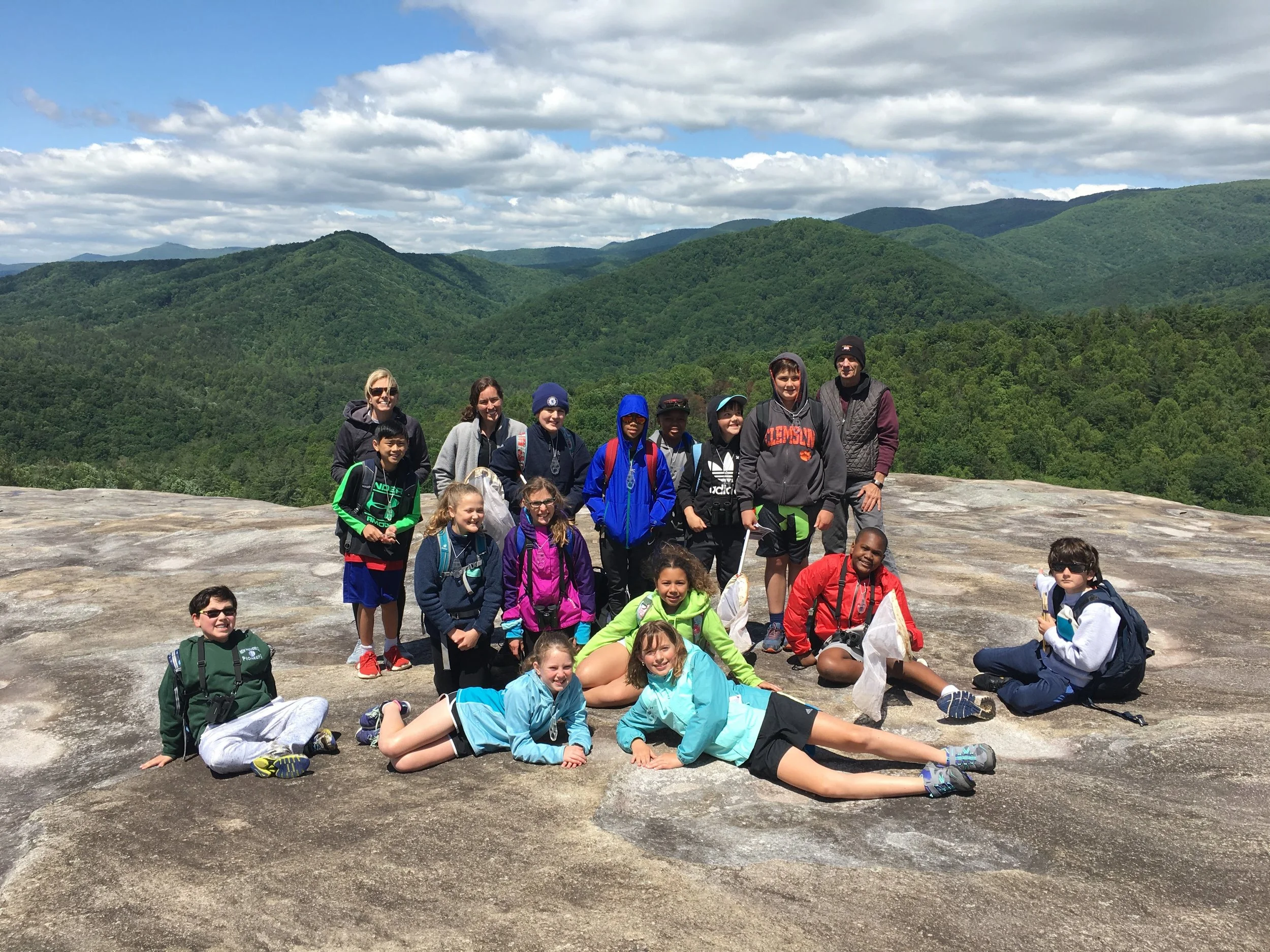
At the Summit
A beautiful week of sunshine and cool weather was spent with the 5th graders from Summit School.
New River Expedition 2018!
Being in the thick of winter we thought it might be a good time to compile the footage from our New River Expedition last summer, when the days were hot, long, and filled with all sorts of fun!
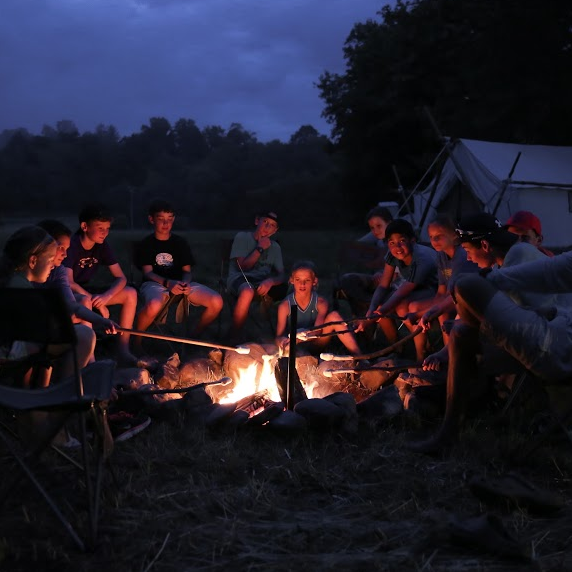
2018 Summer Camp registration is now open!
We are excited to announce our 2018 Summer Camps. Online registration is now open!Blue Ridge Discovery Center has put together six exciting camps for next summer, including backpacking, fly fishing, kayaking, ornithology, and two discovery day camps.

An Expedition on the New
Carrying all provisions in canoes and kayaks, camping at canoe-in-only campgrounds or on private, remote islands allowed these campers to see and experience the beauty and tranquility of the New River.

Bald Eagles Nesting in Grayson County
BRDC staff recently visited the site of Grayson county's nesting bald eagles. The nest site was discovered in 2015 in a somewhat remote section of the New, with a cattle farm on one side and a steep forested slope on the other.

Fries School Investigates the New River
Fries School joins Blue Ridge Discovery Center's staff for a day of Aquatic Adventure.

Super Moon Over the New River
This was the closest the moon has been in 70 years and will be again for another 40!
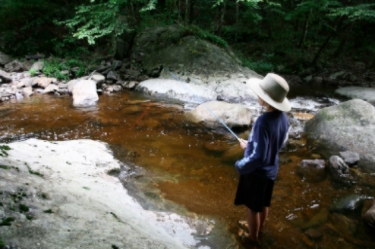
Impromtu Fly Fishing Camp!
At the request of a couple of campers from a previous camp we put together another Fly Fishing Camp to end the summer. Shortened by a day, it became an action packed three day initiation by fire. On the ride to camp we all agreed to treat this as an intensive course rather than the typical shenanigans of a summer camp. The result was one seriously focused group of kids.
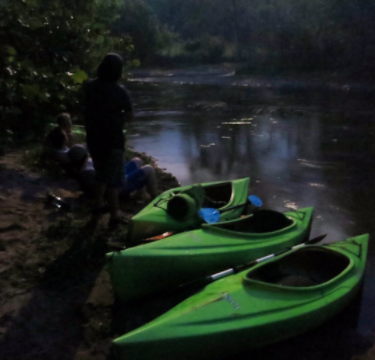
New River Expedition- Summer Fun!
There is no grander journey than pushing off from shore in a boat on a one-way trip to wherever the current carries you! On July 14, intrepid explorers from throughout the region did just that. Launching our kayaks and canoes from the King's Creek access along the South Fork of the New River, we began a four day journey down the currents of the New. With the guides paddling the canoes full of gear, the kids were free to explore the river at their own pace.

Blue Ridge Explorers Overnight Camp
Fourteen intrepid explorers joined BRDC for four days and three nights of adventure packed fun during the Blue Ridge Explorers Camp. We kayaked, hike Whitetop Mountain, and swam in the New River, but most importantly we learned what it means to be a Naturalist.

Nesting Bald Eagles Discovered along the New River in Grayson County, VA!
Every trip outdoors holds an opportunity for discovery, but a trip down the New River always seems to be teeming with wildlife. On this particular trip, Ellie and Roald discovered a successful nesting pair of Bald Eagles! This is a landmark discovery many of us have been looking forward to for years.